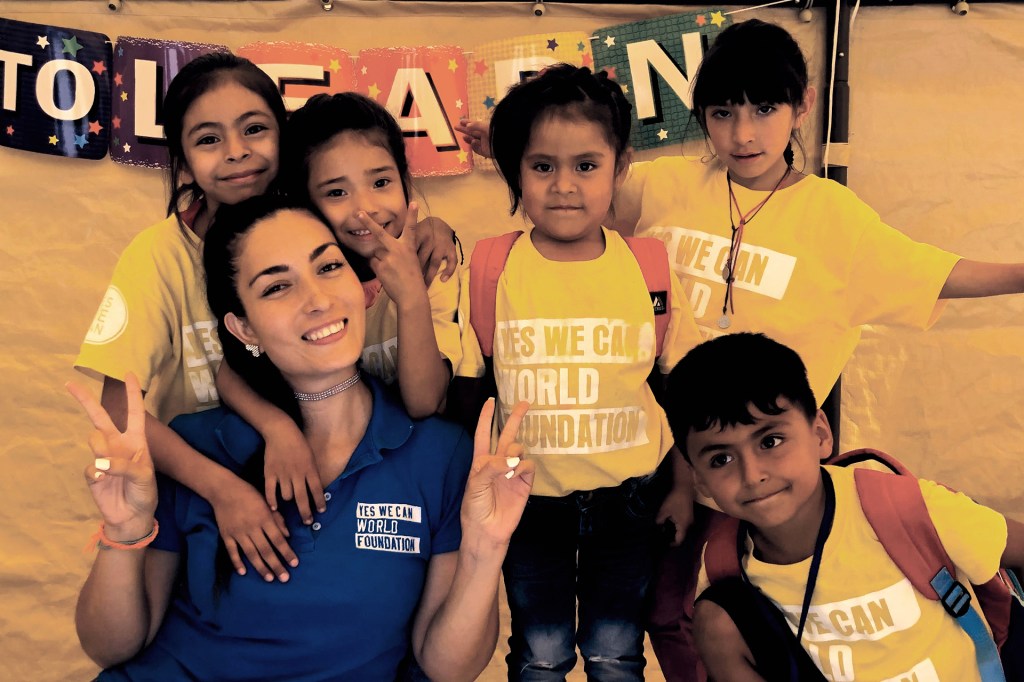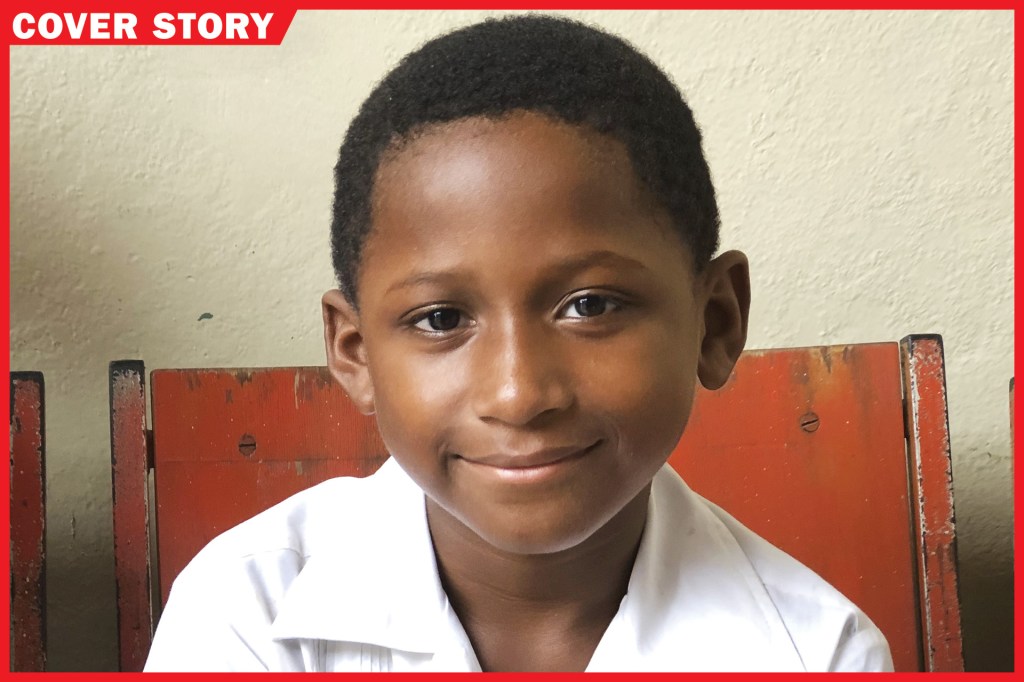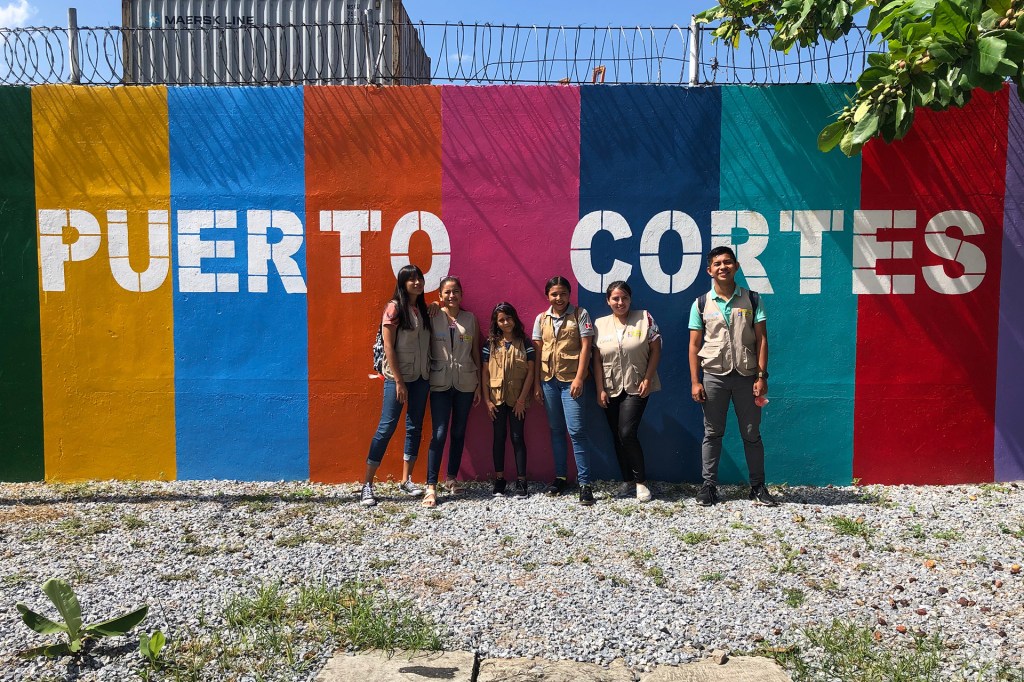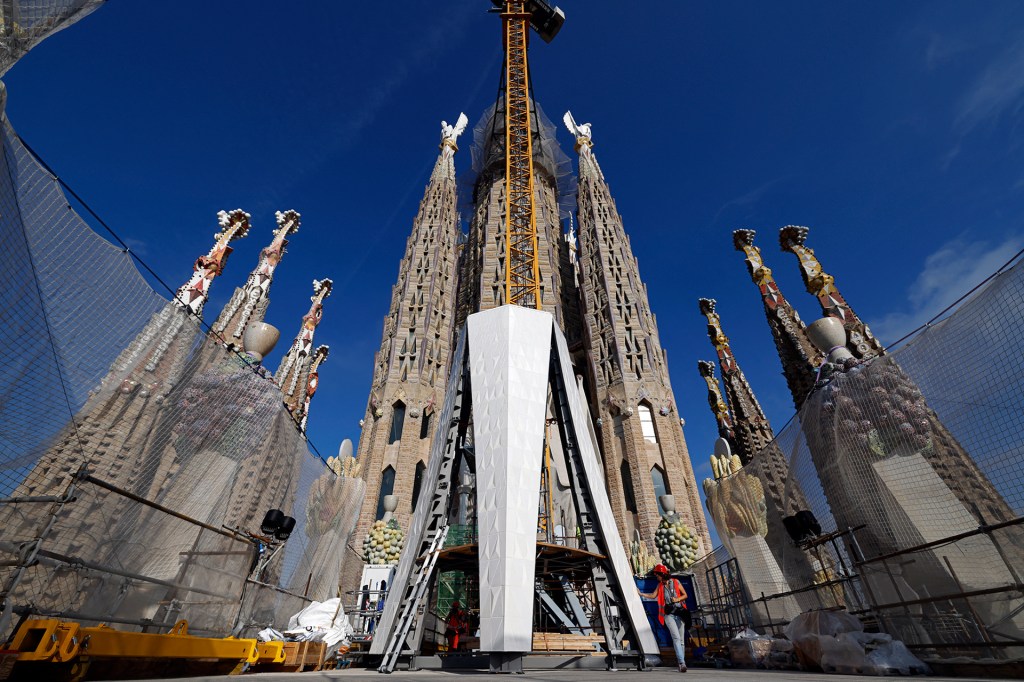

TIJUANA, Mexico—On a child’s first day at the Yes We Can World Foundation school, he or she gets two T-shirts, new shoes, and a backpack filled with school supplies. The school is for migrant kids from Central America and Mexico. They’ve left their homes and traveled with family to legally ask for asylum
asylum
 ALINA555—GETTY IMAGES
protection given by a government to someone who has fled another country to avoid being harmed
(noun)
The judge granted her asylum when she explained that she could be hurt if she returned to her home country.
in the U.S.
ALINA555—GETTY IMAGES
protection given by a government to someone who has fled another country to avoid being harmed
(noun)
The judge granted her asylum when she explained that she could be hurt if she returned to her home country.
in the U.S.
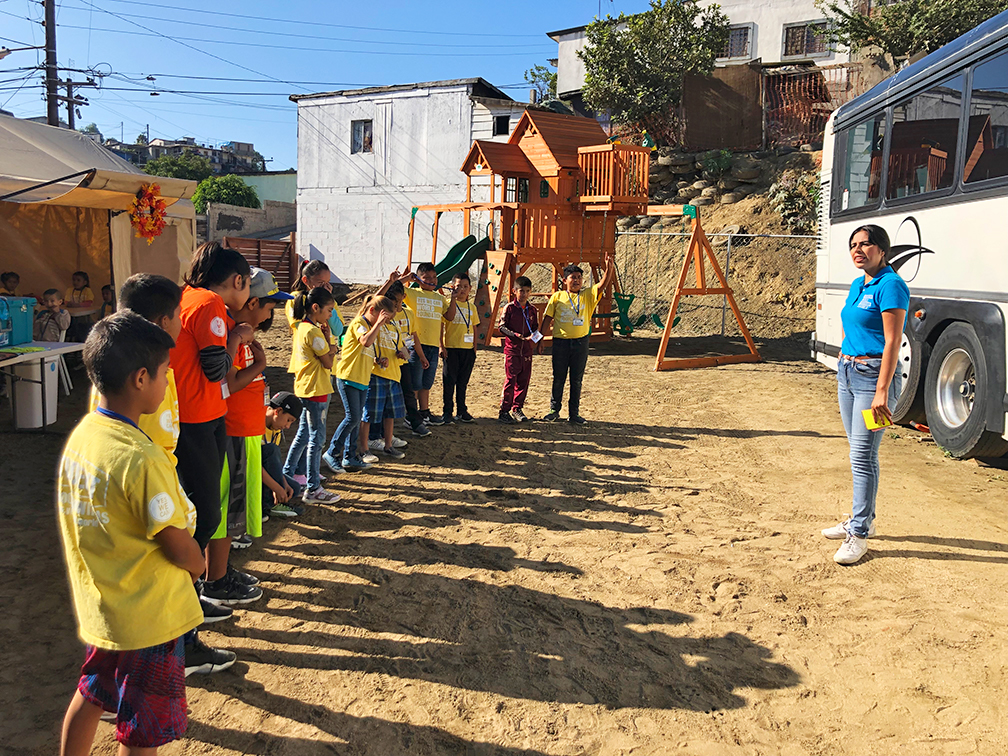
MORNING MEETING Teacher Sandra Rodríguez greets students at the Yes We Can World Foundation school in Tijuana, Mexico, on October 3.
JAIME JOYCE FOR TIME FOR KIDSBut the U.S. has a new policy called the Migrant Protection Protocols, or MPP. It says Central Americans must stay in Mexico as their cases are decided in U.S. Immigration Court (see “Border Crisis”). In the past, they could wait in the U.S. MPP doesn’t apply to Mexicans. They stay in Mexico too, but are put on a waiting list to ask for asylum.
Now thousands of asylum seekers are stuck in Tijuana and other Mexican cities along the southwestern U.S. border (see map). People are working to help them as they wait.
Safe Spaces to Learn
The Yes We Can World Foundation school opened in Tijuana in July. It has 45 students. Lessons are taught in a bus that has been turned into a classroom. Students and their families live in the overcrowded shelter next door.
“There is no difference between our kids and kids in the U.S.,” school cofounder Estefanía Rebellón tells me. “Their whole world, their life, is moving. We’re the stable
stable
 MONKEYBUSINESSIMAGE/GETTY IMAGES
not likely to change
(adjective)
Jeremy has a stable job as a postal worker.
part,” she says. “Even with what they’re going through, they’re so grateful.”
MONKEYBUSINESSIMAGE/GETTY IMAGES
not likely to change
(adjective)
Jeremy has a stable job as a postal worker.
part,” she says. “Even with what they’re going through, they’re so grateful.”
In October, a group from Oakland, California, donated a second bus. This will allow the school to include 30 more kids. “It’s so awesome to see how kind people can be,” Rebellón says.
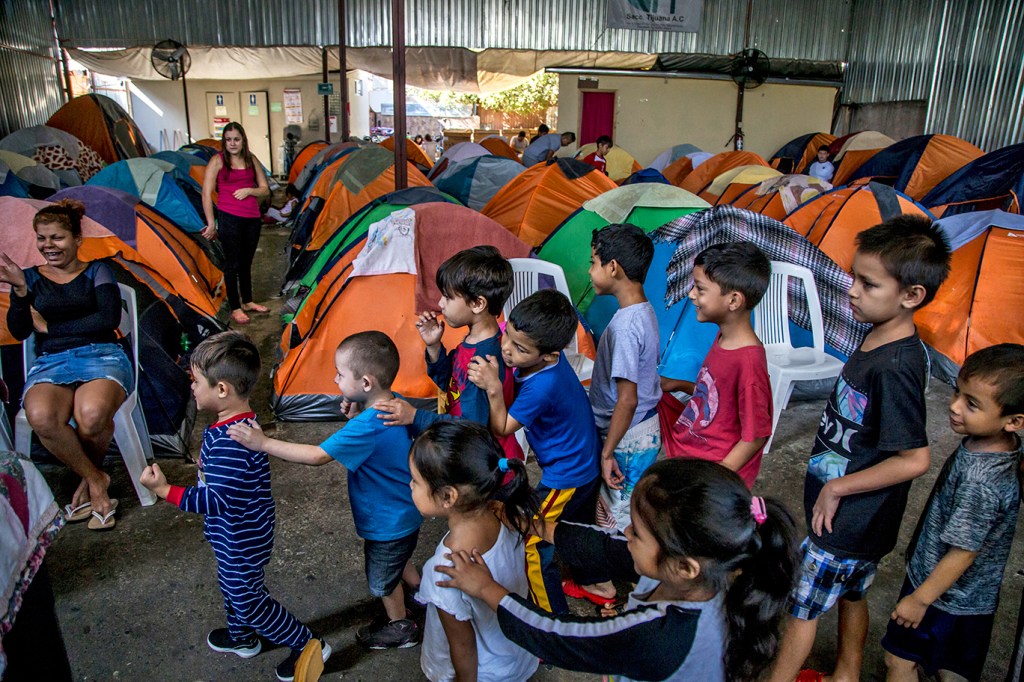
LINE UP! Migrant children take part in an activity led by the Schoolbox Project on August 12. Each week, its volunteers serve 150 kids in three shelters in Tijuana.
OMAR MARTINEZ—GETTY IMAGESThe Schoolbox Project helps kids in Tijuana too. It started a program in August led by volunteers from a group called Border Angels. Each week, they work with 150 kids in three shelters. “We try to make a space of safety and trust with the children,” says coordinator Andrea Rincón.
At a shelter served by the Schoolbox Project, I met a girl from Honduras named Michelle. She’s 17 and wants to be a doctor. Michelle told me violence forced her family to flee. “It’s very, very dangerous,” she said when I asked about her country.
A New Beginning
In rare cases, such as when a person needs special medical care, migrants might wait in the U.S. as their asylum case is decided in court. At a shelter in San Diego, California, I met Rina Murillo and her three sons, ages 14, 10, and 4. They fled Honduras too, and “suffered hunger, cold, and heat” on the journey, Murillo told me.
After seven months in Tijuana and one in California, the family was getting ready to live with a sponsor
sponsor
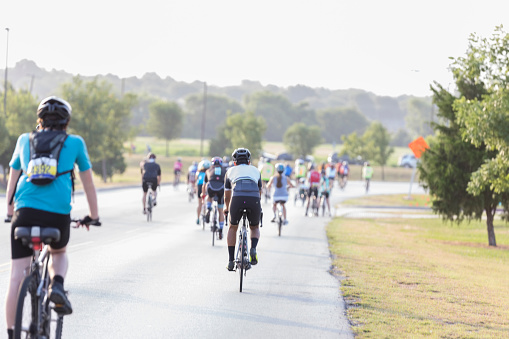 SDI PRODUCTIONS/GETTY IMAGES
a person who provides support
(noun)
Aunt Charlotte agreed to be a sponsor for my cross-country bike trip for charity.
in Atlanta, Georgia. Once settled, the older boys will go back to school.
SDI PRODUCTIONS/GETTY IMAGES
a person who provides support
(noun)
Aunt Charlotte agreed to be a sponsor for my cross-country bike trip for charity.
in Atlanta, Georgia. Once settled, the older boys will go back to school.
I asked 14-year-old David if he was excited. “Mucho [very much],” he told me. Science is one of David’s favorite subjects, and he likes learning about space and the Stone Age. He looks forward to a fresh start in the U.S. “All the sacrifice was worth it because we are here now,” David says.
Like David, other young migrants stay positive, even as they wait in Mexico. Elizabeth, 6, from Guatemala, goes to the Yes We Can school. She says she and her dad have family in the U.S. She dreams of being with them. “When I cross into the U.S., I’m going to eat ice cream,” she says, “and play with my cousin.”
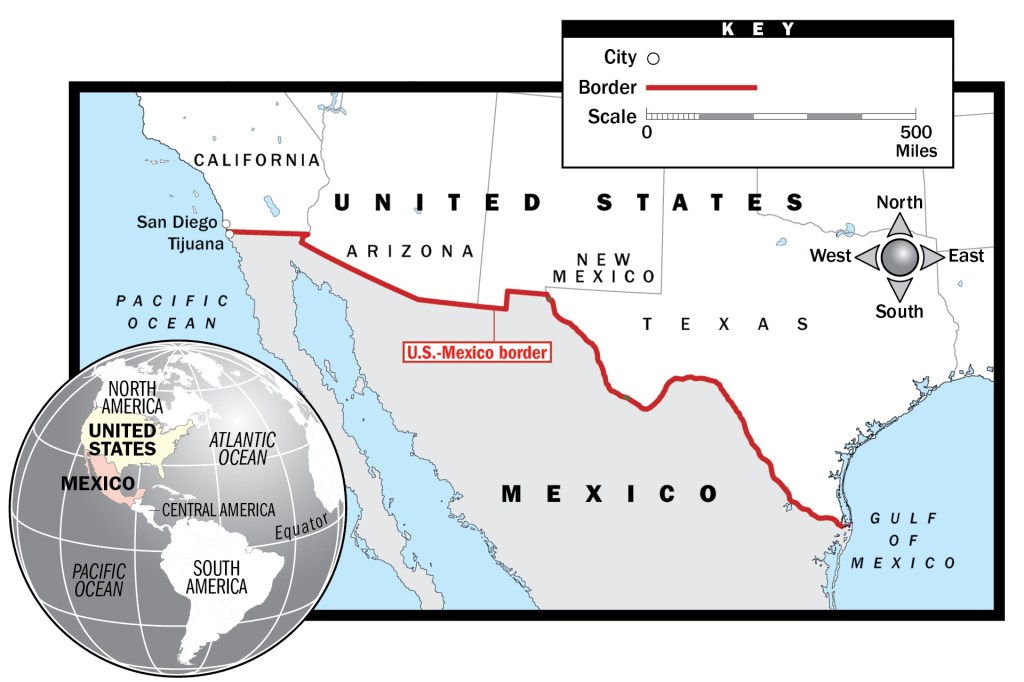
Border Crisis
At least 900,000 migrants have come to the U.S.-Mexico border since October 2018. The U.S. government calls it a “humanitarian
humanitarian
 ANDY NELSON/THE CHRISTIAN SCIENCE MONITOR—GETTY IMAGES
promoting human well-being
(adjective)
The Red Cross is a humanitarian group that often helps people who have survived natural disasters.
and security crisis.” In response, the U.S. has created the Migrant Protection Protocols
protocol
ANDY NELSON/THE CHRISTIAN SCIENCE MONITOR—GETTY IMAGES
promoting human well-being
(adjective)
The Red Cross is a humanitarian group that often helps people who have survived natural disasters.
and security crisis.” In response, the U.S. has created the Migrant Protection Protocols
protocol
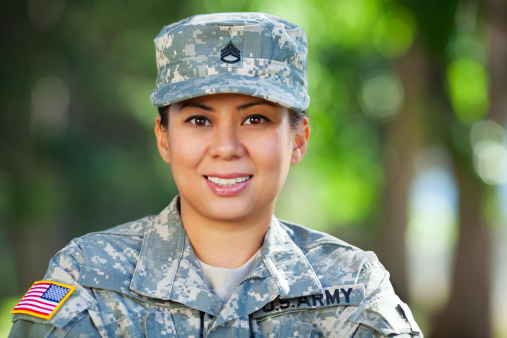 DANIELBENDJY—GETTY IMAGES
a set of rules; an established way of doing things
(noun)
Soldiers are taught to always follow military protocol.
, or MPP.
DANIELBENDJY—GETTY IMAGES
a set of rules; an established way of doing things
(noun)
Soldiers are taught to always follow military protocol.
, or MPP.
The government says MPP “will help restore a safe and orderly immigration process.” It says Mexico will provide migrants with humanitarian protections. Since MPP began in January, more than 50,000 migrants have been made to wait in Mexico.
But Human Rights Watch says MPP, often called Remain in Mexico, puts people at risk. In Tijuana and other Mexican border towns, crime is common. Migrants report being kidnapped and robbed.
Waiting in Mexico also makes it hard for migrants to meet with U.S. lawyers and know their rights. “What’s really going to make a difference in an asylum seeker’s case is good legal representation,” says Lea Bush, of Jewish Family Service of San Diego. Last year, the group helped more than 17,000 asylum seekers.
Looking for the cover quiz? After you sign in, click on the Resources tab to search Teaching Resources for printable versions of all our quizzes.





